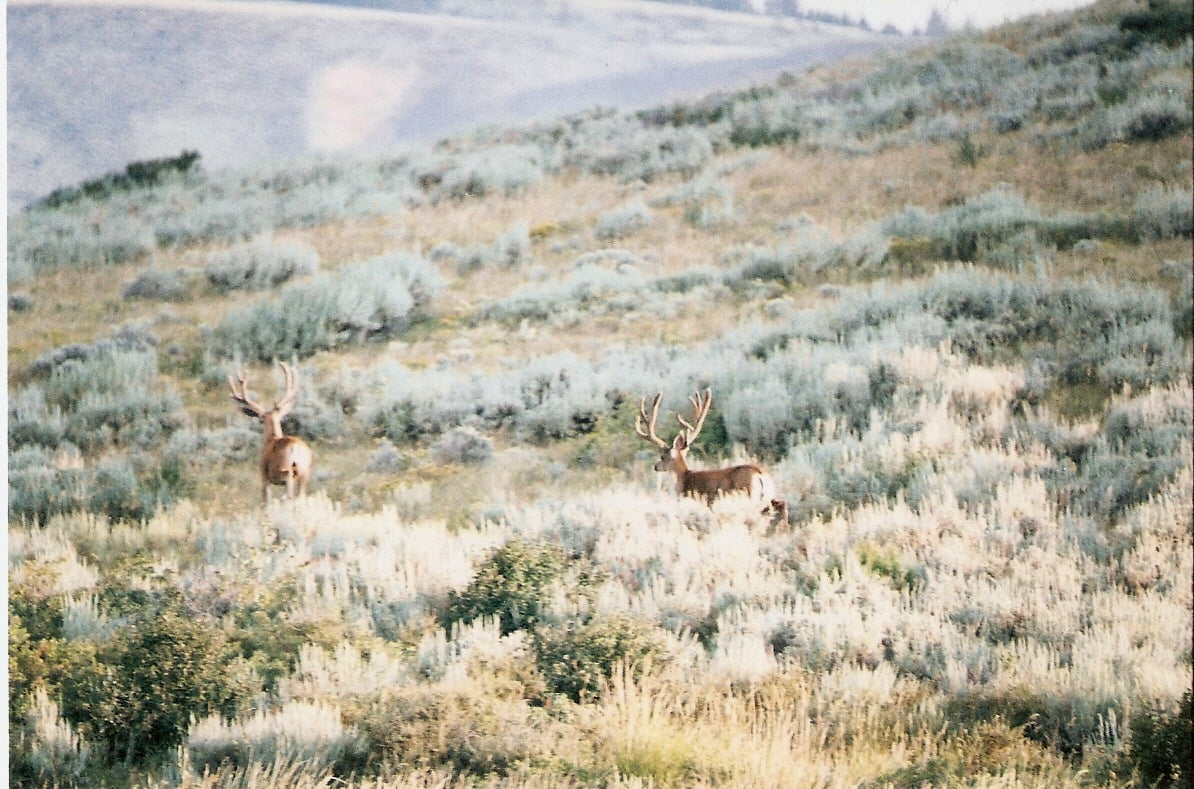
Mule deer are one of the most fascinating animals on the planet to me. I’ve felt that way since I was about 10 years old when my father started taking me hunting. His stories of big mule deer bucks really hooked me; like stories of giant bucks lying prone as a hunter walked by only a stone’s throw away, or just the glimpse of a big wide 4-point as he ducked into the cover forever. It’s no wonder to me that big mule deer bucks have become the icon of the West.
Part of this fascination has lead me to learn all I can about my chosen quarry. I want to know everything that can help me (and you) become better hunters. While reading books from expert hunters, studying published research, and just listening to other mule deer hunters (no matter their skill level) are all ways to learn, I want to learn more about the bucks I’ve killed. Accurately knowing the age of a big mule deer buck has taught me a book-full about big mule deer behavior.
Age is one of the three most important factors in predicting how big a buck will grow. As much as age is talked about, it’s the one factor that is hardest to determine. That is because there is only one practical method to accurately determine age and few people have access to it. You can’t just look at the antlers, teeth, or body and figure out the birth-month of a buck no matter what you’ve been told at the checkstation, bar, or forum. Only by cementum-age analysis can you accurately determine the age of a buck.
What is Cementum-Age Analysis? It is a process done by a qualified lab that looks at the cementum growth of a tooth. Cementum is an outer layer of a tooth that is regenerated yearly. A lab technician can age a mammal by counting the rings in a tooth sample, just like counting tree rings to age a tree. It is considered the gold-standard in aging mammals.
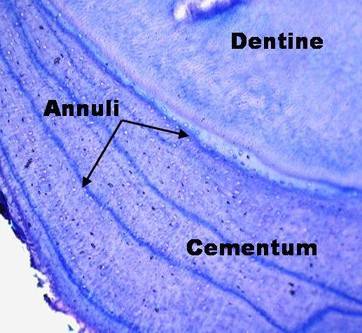
Photo courtesy of Matson’s lab
By aging my own mule deer, it’s helped me refine my hunting skills as I really do know the true age of bucks I’ve taken. This one piece of information allows me to differentiate behavior between older mature bucks and younger less-experienced bucks (which by the way can have big antlers.) Differences like where these bucks lived, how they used the terrain and cover, time of day they were active, how they reacted to hunting pressure, and other behaviors that allowed them to get old enough to grow big antlers. I can then apply that knowledge to other bucks I’m hunting.
In addition, lab-aging allows me to see patterns in peak antler growth in different states and units. For example, some of the best Idaho and Wyoming bucks I’ve killed have been only five years old, where my better Colorado bucks have been six. As a private-land outfitter, I can also determine how different management strategies are affecting the bucks (and bulls).
The buck on the left came from a 190″ Idaho buck, while the buck on the right came from a 180″ Colorado buck. Once I get the lab results back, I’ll know for sure how old the bucks really were.
If you’re interested in lab-aging for your own bucks or bulls, see my WeScout4u Outfitter Website here: WeScout4u.com
I just sent an order to the lab and expect results back in March. Any orders we submit now will have published results by June.
Rokslide & Rok Blog members get special pricing:
First sample- $25
For more than one sample, just email me from that website and I’ll get you priced out. We’ve done them for as low as $17/sample with bigger orders.
Make sure you “Subscribe to blog” upper right under Fitness/Other links. Rokslide is hosting Boot Month, a series of articles dedicated to helping you choose the best hunting boots. Rok Blog subscribers will be among the first to see the upcoming announcement, and of course we’ll be giving away some top brands from Schnee’s, Lathrop & Sons, and Black Ovis.

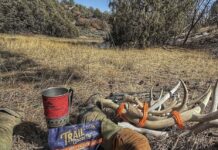
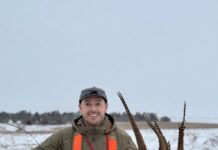
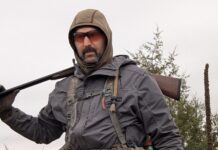


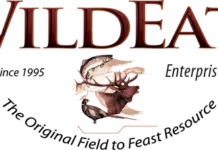
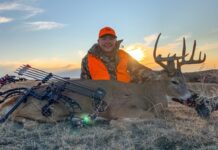





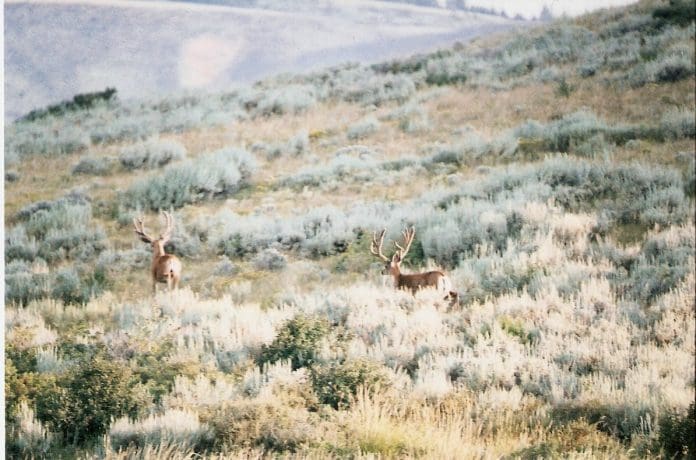
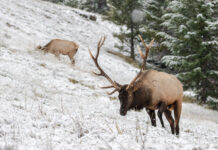
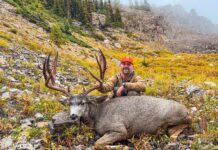
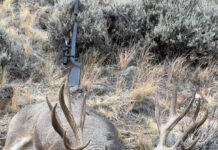



Hey Robby,
All great reasons to age your bucks!
Do you know the process behind this age determination?
For the science-oriented, this looks like it would be something you can do in a home chemistry lab, if you’re use to playing with acids, good ventilation, proper protective gear, etc.
Thanks again! Looking forward to Boot Month, I’m about to be in the market for some new ones!
Joe, I don’t fully understand the process the lab uses and I think it’s more than what I’ve presented here as there are some other variables that must be understood like secondary rings that aren’t counted. They’ve even told me that as their sample size increases (they’ve tested something like a million samples over the years) that their methods improve. Also has to do with where on the continent the mammal was taken as growth rings vary with latitude. Way over my head!
You’ll love Boot Month, so stay tuned.
It sounds very scientific!
Thanks Robby!
It’s the little things like this that are easy to overlook is why I follow your post’s… in addition to habitat usage, and or description either in articles or example pictures provided. It is a puzzle to identify those big buck nest’s sometimes in new country and proven information helps narrow down those corridors of use by the older age class deer.
and Shane, when I finally get to hunt my desert buck, I’m following you.
Comments are closed.